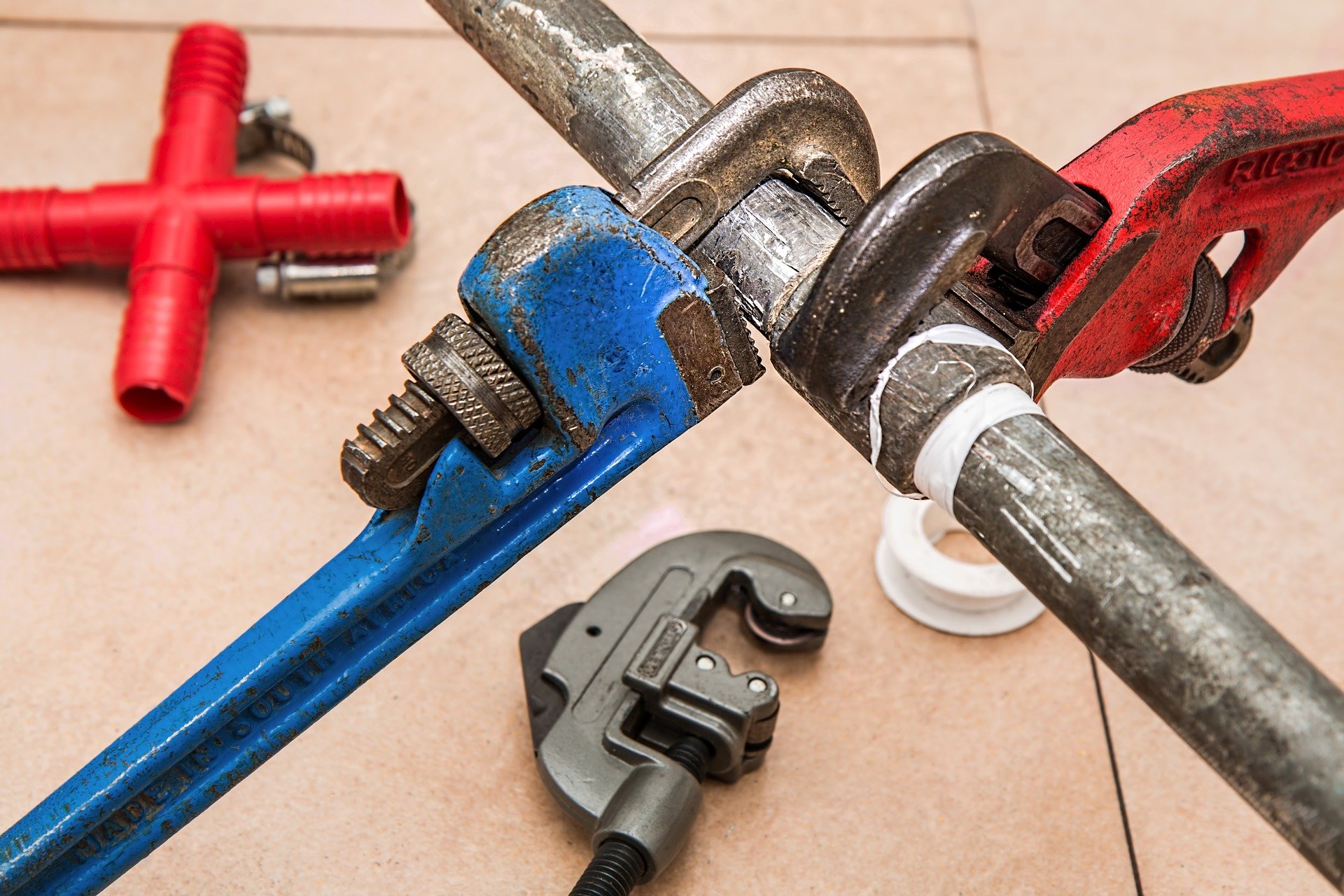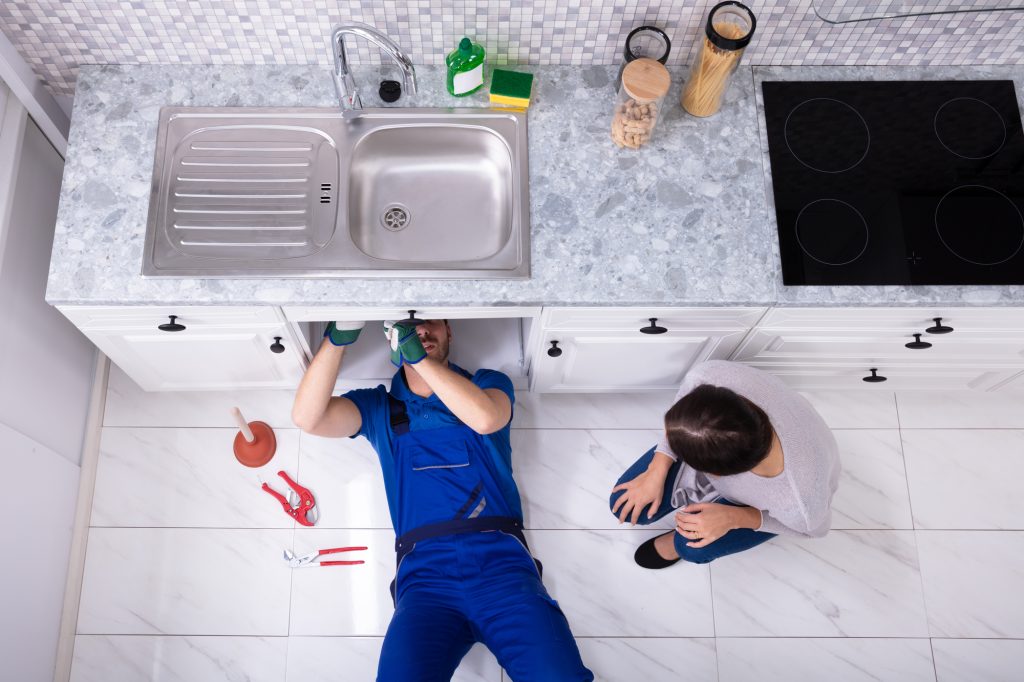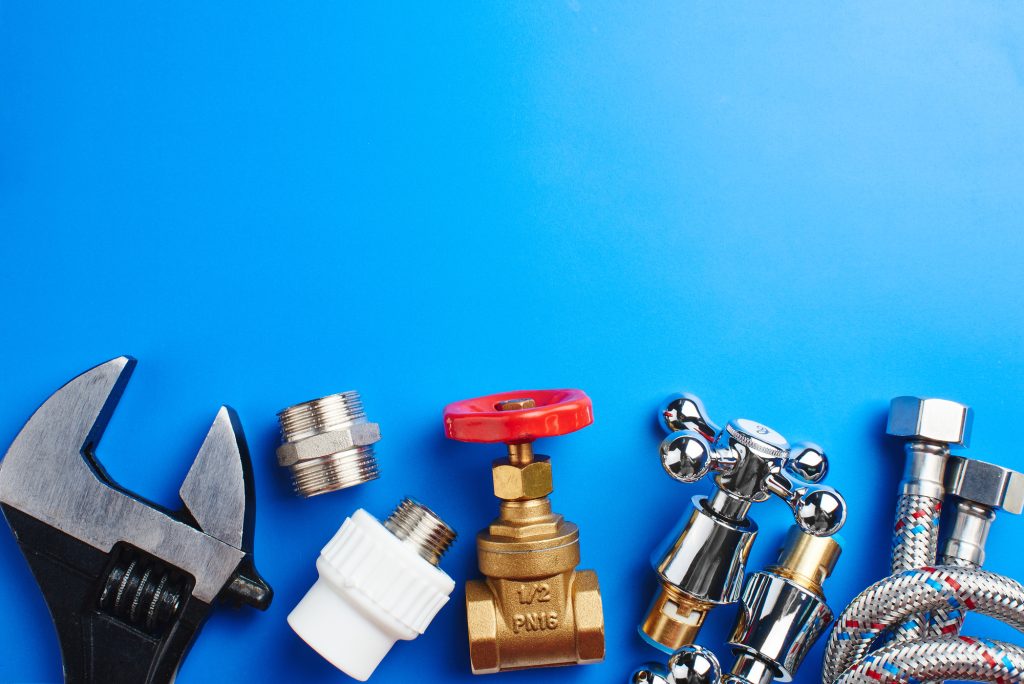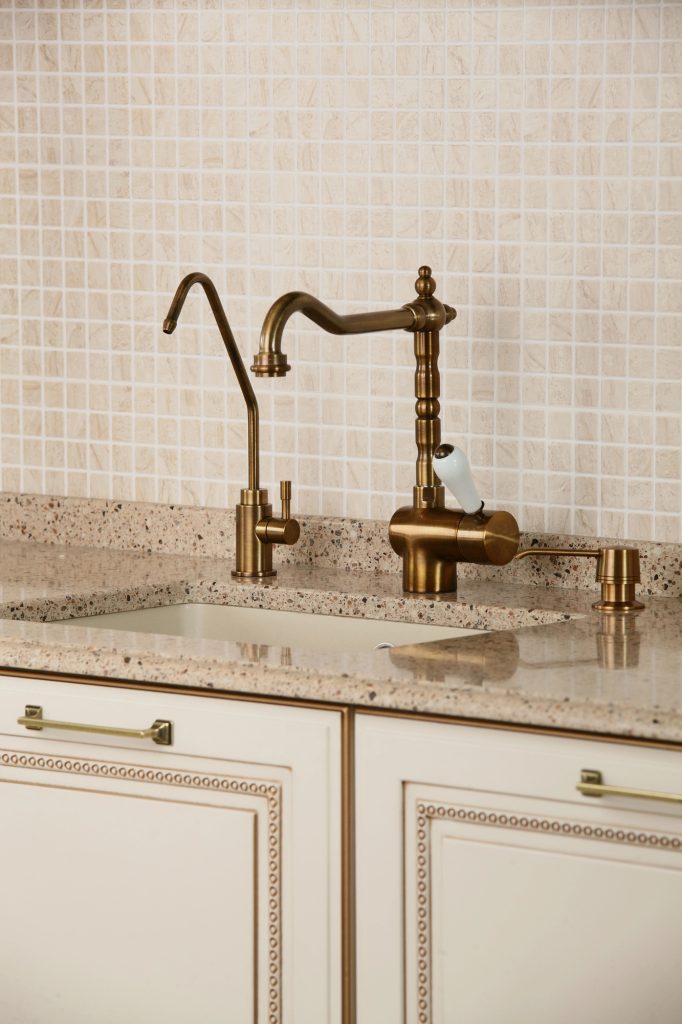5 Common Plumbing Problems and How to Fix Them
October 10th, 2020
Let’s face it. The plumbing in our homes only becomes top-of-mind when there’s a problem. Some plumbing issues are easily dealt with using your own tools and DIY spirit, however others require the specialized tools and know-how of professional plumbers.
The team of plumbing pros here at Plomberie Lalonde in Gatineau, Quebec offer these tips and tricks for problem solving the 5 most common household plumbing issues and how to fix them on your own. Of course we’re always here to help so don’t be shy about reaching out for advice or to book a service call. It’s our mission to help you keep your plumbing not top-of-mind!
Here are 5 common plumbing problems that you might encounter at home and how to fix them.
1. Clogged Kitchen + Bathroom Drains
A clogged drain in your kitchen or bathroom is a common problem that can build up over time (pun fully intended!) and if left too long, can result in a costly repair and possible replacement by a professional plumber. If you notice that your kitchen basins or washroom sinks are draining more slowly than usual, it might be a sign that your drain is clogged or partially blocked and it is important to unclog the sink drain before it becomes completely blocked.
The first step to take when unclogging a drain is to use a rubber plunger to dislodge the blockage. Start by adding some hot water to your drain to loosen the debris and then cover the drain inside your sink basin opening completely with the plunger head. Push down to create suction and then release the handle to allow the plunger to return to its original position. When repeated, this sucking action should dislodge any build-up in your drain and you can use some pliers, tweezers, or even kitchen tongs to grab and dispose of the debris.
2. Dripping Faucets
Leaky faucets are a waste of water and can add up to a significant amount of money to your water bill over time. Dripping kitchen, washroom or utility sink taps don’t fix themselves so once you hear the tell-tale drips in the middle of the night, take action to fix your leaking tap right away.
The most common reason that a faucet drips is that the washer is damaged (torn, dislodged or stiff) and no longer seals completely when the tap is turned off. Replacing the washer to stop a dripping faucet can be a DIY job but don’t hesitate to call in a plumber if you don’t have the right tools to do the job right. A poorly replaced washer can result in even more water loss and sleepless nights!
3. Leaky Sink Pipes
All under-the-sink pipes have joints which allow the pipes to twist and bend to allow the sink drain pipe to connect with the pipes in the wall or floor, and these joints deteriorate over time or become damaged and then detach slightly to create a slow drip or leak. Pipes also spring a leak when they can’t handle an increase in water pressure, sometimes caused by a blockage (see number 1 to deal with that!). If left to get worse, a slow drip or leak can result in a major crack and a gush of unwanted water and potentially a flood.
Note: shower and tub pipes are a more complicated fix due to the fact that the pipes are often located inside the wall or under the floor. In the case of leaky pipes in your shower or tub, we recommend calling a professional plumber for the repair work.
Fixing a leaky pipe under the kitchen or bathroom sink most likely involves replacing one or 2 segments where the joint is leaking and can be done on your own or with the help of a professional plumber.
For a DIY fix to a leaking pipe under your sink, start by taking pictures of the pipe configuration, turn off the main water supply, place a bucket to catch any standing water in the pipes, and remove them with the appropriate tools. Take your old pieces of pipe to the hardware or plumbing store with you for an exact replacement. Don’t rely on memory – there is an overwhelming variety of diameters and shapes of plumbing pipes to choose from! Replace the pipes, turn on the main water supply (keep the bucket handy just in case) and enjoy your leak-free plumbing!
4. Clogged Shower Drain
Shower drains get clogged easily with hair and soap/shampoo build-up. Using the techniques outlined in tip number 1 for unclogging a kitchen or bathroom drain might work in your shower, but if it doesn’t try using a specific shower snake tool to pull out the likely culprits.
After removing and cleaning your shower floor drain, pour some boiling water, vinegar and baking soda down the drain so dislodge as much of the build-up as possible. This eco-friendly household plumbing mixture is also a highly effective and cost efficient way to maintain your shower drain pipes to prevent or at least delay another clog or build-up.
5. Running Toilet
A toilet that won’t stop “filling the tank” after you have flushed it is a relatively simple problem to identify and fix. While running toilets don’t pose an immediate problem to the comfort or safety of your home, they are a significant waste of water and can add cost to your water utility bill.
(Note that we’re not talking about a toilet that is “running over” or overflowing … we’ll leave that for another post!).
There are a few different causes to a running toilet and several can be solved with a quick DIY fix.
• Flapper: test the flapper by pushing down on it with a stick when you hear the water running. If it stops, then the flapper isn’t sealing properly on it’s own and should be replaced.
• Fill Valve + Overflow Pipe: test the fill valve by flushing the toilet and lifting the toilet float arm upwards when the tank is filling to see if the water stops. Adjust the toilet float arm by bending it slightly to stop filling the tank 1/2- to one-inch below the top of the overflow pipe. You will see if the toilet tank fill valve is still leaking and can replace it to solve the problem. Oftentimes, this simple adjustment to the height of the overflow pipe is enough to stop a running toilet.
If you are experiencing any of these 5 common plumbing problems and want more advice, guidance or assistance in solving your clogs, leaks, drips or running toilets, don’t hesitate to reach out. We’re always here to help!





